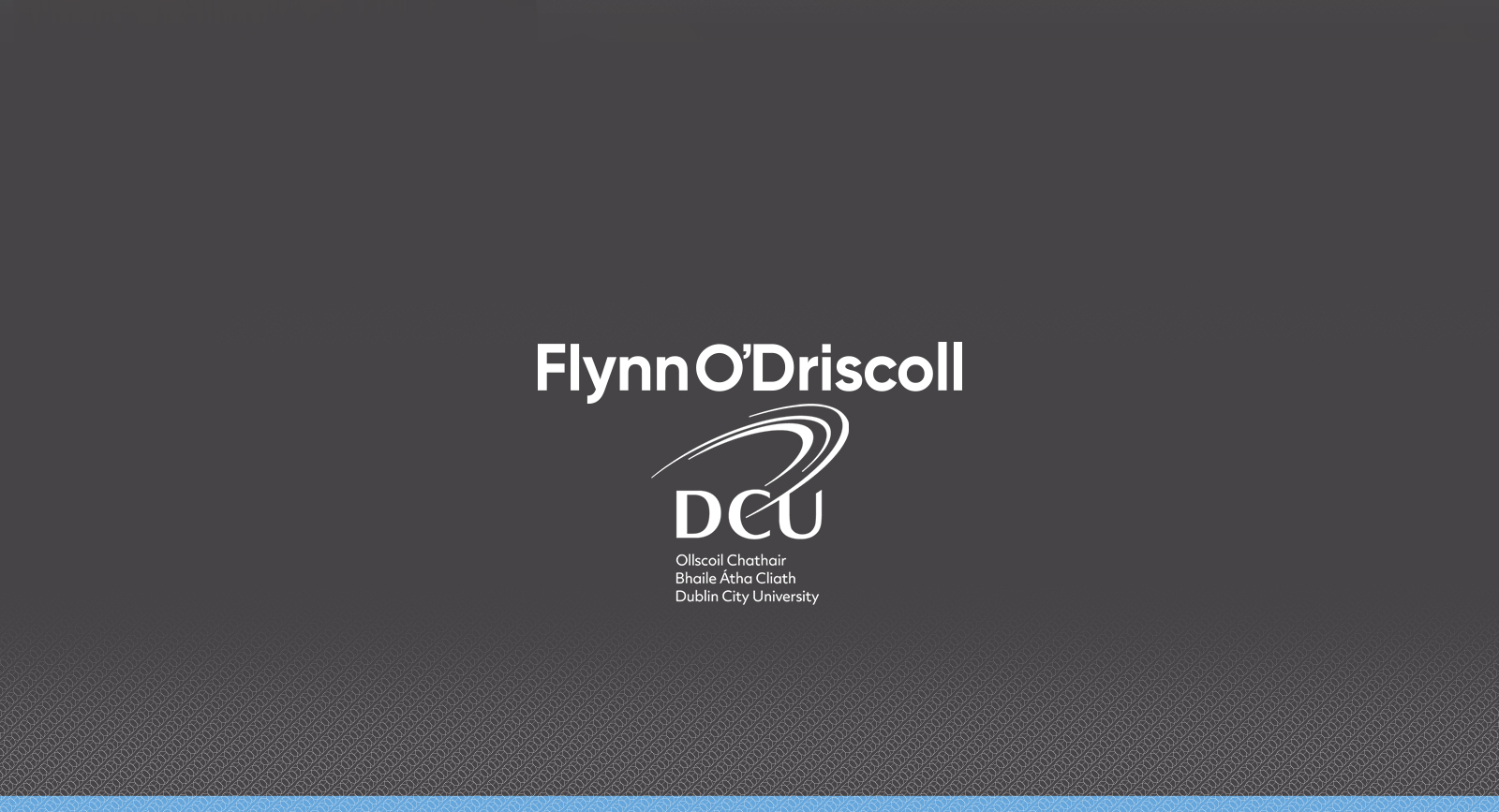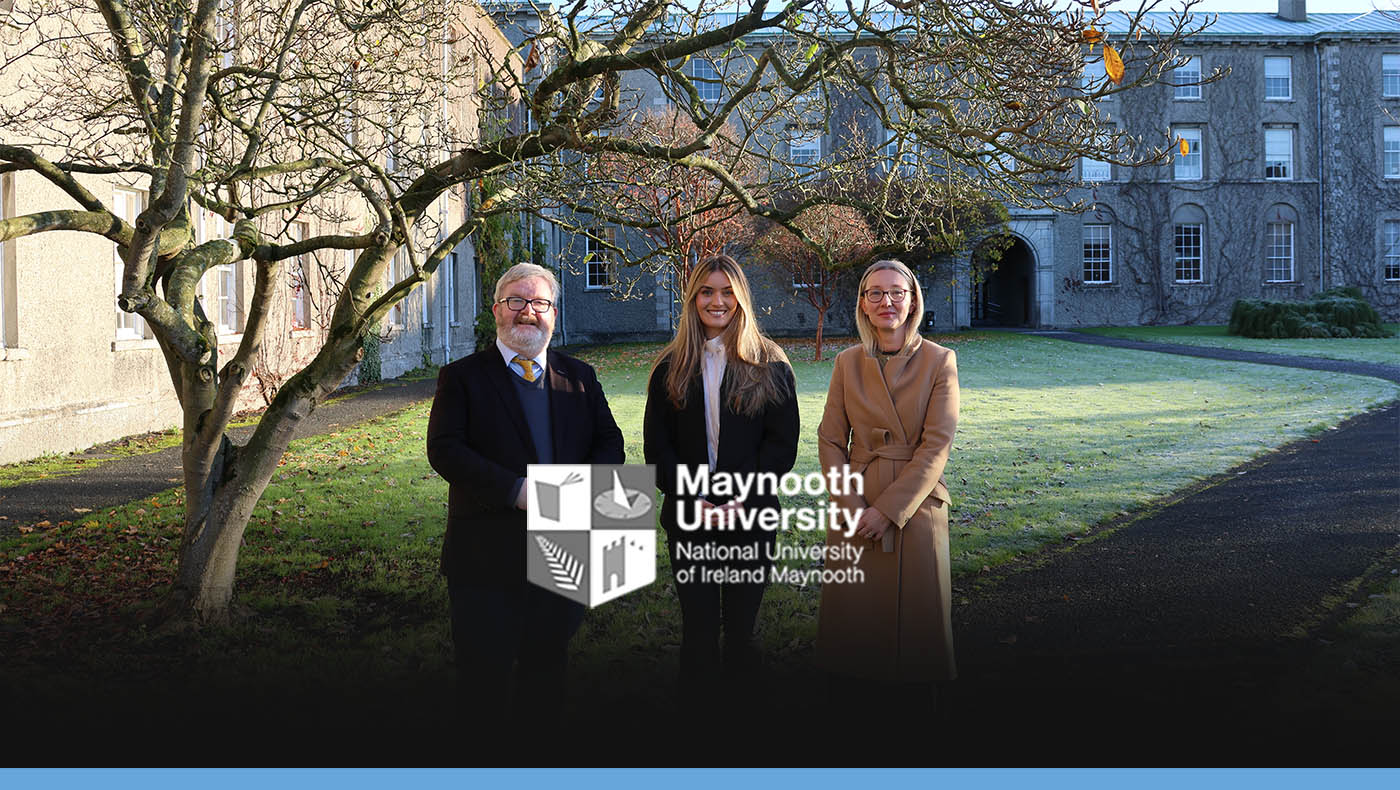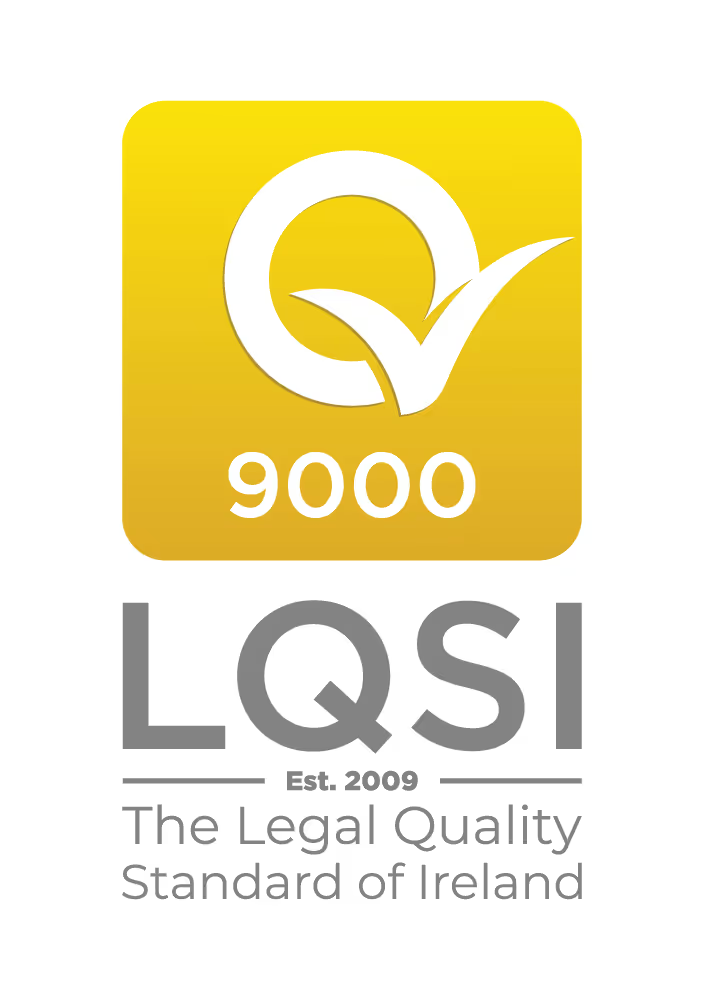Economic, Social and Governance (“ESG”) has succeeded in rising to the top of the regulatory agenda in recent years, with considerable support being gathered in favour of it each year. Anticipations that it would fall off the radar due to the COVID-19 pandemic have been overturned as the crisis has accentuated that business sectors are deeply interconnected across borders, and that the environment is under increasing pressure.
Sustainable finance has played a paramount role in ESG through ensuring that investments support a resilient economy and sustainable recovery from the continuing effects of the COVID-19 pandemic.
The ESG ecosystem is evolving, including issuers and investors who disclose and use information related to ESG issues in the course of their business. Companies need to balance improving their ESG credentials with the need to survive the aftereffects of the crisis and manage issues such as credit risk, cost reduction, and consolidation.
Examples of the use of ESG in business include:
- Tax strategy;
- Corporate risk management;
- Financing and treasury management;
- Board structure and brand independence
In general, companies are beginning to place a much heavier concentration on ensuring that their key service providers’ businesses and business practices align with their own ESG strategies. This includes a wide range of initiatives including:
· The Taxonomy Regulation: which creates a unified classification system for sustainable activities;
· The Sustainable Finance Disclosure Regulation, which aims to provide for consistent disclosure requirements in relation to sustainability; and
· A Low Carbon Benchmarks Regulation.
The aviation industry currently accounts for less than 3% of global emissions, with governments in more than 70 countries across the globe aiming for a net zero target for the aviation sector by 2050, according to IBA.
Readily available technology to radically decarbonise the aviation industry is currently non-existent, but ways of aiding it include the use of hybrid-electric, electric and hydrogen powered vehicles. However, such alternative fuels will not have much of a visible impact on the level of emissions for at least 10-15 years.
In February 2022, the EU proposed its long-anticipated Corporate Sustainability Due Diligence Directive (“EU CSDD”). The EU CSDD introduces the requirement for in-scope non-EU companies to designate a sufficiently mandated authorised representative in the EU to be addressed by Member States’ competent authorities (such as the Central Bank), on all issues necessary for the receipt of, compliance with and enforcement of legal acts issued in relation to the Directive.
In the case of certain larger companies, the EU CSDD will introduce a plan to ensure that their business strategy is compatible with limiting global warming to 1.5 degrees celsius, in line with the the United Nations Convention on Climate Change (the “Paris Agreement”). The EU CSDD will apply to EU companies which fulfil one of the following conditions:
- 500 employees or more, and greater than €150 million turnover globally (“Group 1”);
- Companies operating in high-impact sectors such as textiles, agriculture or extraction of minerals, with 250 employees or more and €40 million turnover or more globally (“Group 2”); and
- Companies not domiciled but active in the EU, with thresholds that excess either Group 1 or Group 2.
It will also apply to non-EU companies which meet one of the following conditions:
- A net turnover of more than €150 million in the EU in the last financial year; or
- A net turnover of more than €40 million in the last financial year provided, or more than €40 million in the last financial year provided that 50% if this net turnover was generated in one or more high impact sectors listed for group 2 Companies.
In-scope companies will be required to conduct human rights and environmental due diligence alongside actions such as; integrating due diligence into policies, identifying actual and potential adverse impacts and preventing potential adverse impacts.
Additionally, the Securities and Exchange Commission recently released its proposed rules enforcing mandatory climate reporting for publicly traded companies, thus aligning the U.S with the European Union (“EU”) and other countries such as the UK, Canada and India.
The proposal will be presented to the European Parliament and the Council for approval. Once adopted, Member States will have two years to transpose the Directive into national law. The provisions shall apply to Group 1 companies and their non-EU equivalents within 2 years of entry into force of the Directive and within 4 years in the case of Group 2 companies and their non-EU equivalents.
Whether the company meets the criteria for one or all of the above regulations, this directive presents a strong opportunity for governance professionals to embrace opportunities and assist in guiding the ESG agenda. This will require primary elements including, but not limited to:
- Understanding regulatory requirements and associated risk elements;
- Establishing a structure of board duties, fully aligned with strategic outcomes, to help create a transparent, value-focused governance framework; and
- Using stakeholder influence and undertaking stakeholder planning, with the understanding that all stakeholders are affected by ESG.
Ryanair has endorsed the recent adaptions within the industry by signing up to Citi’s new sustainable deposit solution. The project will enable Ryanair to invest cash into financing Citi’s sustainable projects from within their portfolio, including renewable energy, water conservation, healthcare, and education in emerging markets. The funds are allocated to finance or refinance green or social finance assets from the portfolio. Ryanair is the first European airline to deposit investments into the fund, committing to financing and facilitating $1 trillion by 2030 to aid in furthering the low carbon economy.
Carbon Offsetting and Reduction Scheme for International Aviation (“CORSIA”) is a mechanism that has been adopted to help achieve the goal of net zero carbon emissions by 2050. CORSIA operates on the basis that it will offset the difference between an airline’s baseline CO2 emissions and the airline’s total emissions for the year. CORSIA had been using a calculated average based on 2019 and 2020, but due to a 65% decline in passengers throughout 2020 due to the COVID-19 pandemic, these figures did not give an accurate reflection of baseline emissions.
The objective is to have a CORSIA baseline which is not too costly and allows for the airlines to continue to grow. The present baseline has been criticised for not being stringent enough, when compared to the objectives set out in the Paris Agreement. It has been suggested that the next scheduled adjustment of the baseline in 2025 is too far away, given that the current baseline is affected by pandemic levels of travel.
There have been recent revisions to the European Union’s emissions trading scheme, (“ETS”). The ETS is part of the EUs’ ‘fit for 55’ strategy which aims at cutting greenhouse gas (“GHG”) emissions by 55% by 2030, in comparison to 1990 levels. The fundamental principle of the ETS is that each company is allocated a cap on the emissions that they are allowed to produce per year. Companies may trade allowances between each other, so that emissions from one company may be allocated to be counted under a separate company, ultimately resulting in less emissions being produced, on paper, for some companies.
Presently EU airlines are allocated free allowances, and so can trade ETS and carbon emissions freely. This is set to change between 2024 to 2026, whereby intra-EU flights as well as those going to the UK and Switzerland, will be fully auctioned by 2026. This is a significant change in policy, placing more responsibility on the European aviation sector to reduce their carbon footprint.
The CORSIA mechanism will continue to be used to offset the C02 emissions generated from long haul flights, with a review of this trading scheme due in 2026 to verify whether it is still aligned with the Paris Agreement.
The revenue generated by the ETS is set to be invested in furthering the transition to sustainable aviation fuel.
Sustainable Aviation Fuel
The International Air Transport Association (“IATA”) has said that sustainable aviation fuel (“SAF”) i.e., non-fossil-based fuel, cuts emissions by up to 80%. The reduction of emissions from the change in fuel would result in a 65% reduction in emissions in the aviation industry.
In 2009, several methods of creating SAF emerged that were all capable of reaching the same standard, which is a promising development. However, the materials used to generate SAF are also in demand in other sectors, so the demand for SAF may exceed the amount available to the aviation sector. Furthermore, 50% of the world’s airlines have committed to net zero emissions by 2050, but only 5% have committed to SAF. Capital investments in SAF technologies will need to be significantly incentivised to increase the commitment to alternative aviation fuel. A commitment to SAF across the industry seems to be the most effective solution to lowering emissions in the aviation industry together with the number of advances being made in the technologies used.
Alternative Solutions
Recent focus has been placed on the ground operations associated with the aviation industry. By way of more efficient management of air traffic, and better ground operations, small reductions could have a greater impact than initially estimated as traffic numbers grow over the coming decades.
There has been research into creating an aircraft which uses a combination of a combustion engine and an electric motor. This has been called the parallel hybrid powertrain. This approach would enable a reduced engine size and weight, allowing the battery for the electric motor to be included without adding significant weight to the system. The battery life would be a high cost to factor in given that they deteriorate as they are recharged, and given the high usage, they would need frequent maintenance. The scope to scale these models is not yet available, and they are very much in their testing phases.
Much like technologies used in electric cars, electric and hybrid electric aviation relies on the newest battery technology. Electric aviation is only currently possible for small aircraft, relying on the newest batteries, and only for short distance flights. Meanwhile, the hybrid-electric models burn a kerosene fuel to support the propellors, which is boosted by an electric motor. The all-electric, net zero emission flight, is highly dependent on the battery used, and the planes weight as the fuel is consumed through the fight.
Hydrogen has also been suggested as a replacement for kerosene, as it is a lighter material. However, the volume taken up by the hydrogen gas in comparison to the use of kerosene has posed issues for this method of achieving net zero emissions.
The investments in ESG for the aviation sector are mostly either investments in the technologies and innovations around hybrid and electric aircrafts, or investments in climate change mitigation to assist in offsetting emissions. ESG in the aviation space has been hard to navigate for investors in the industry as they face pressures to comply with the decarbonisation of aviation by 2050, while also struggling with the complexities of the innovations and technologies in the industry.
Flynn O’Driscoll’s ESG credentials
As the quest for more environmentally friendly aviation continues, ESG is an ever increasing feature of our aviation & asset finance transactions and a considerable body of expertise has developed within the firm in this area.
Recent examples of our work in thie area include our work advising our client, Air Nostrum, on their financially sustainable transaction involving the purchase of ten Airlander10 aircraft, with an estimated delivery in 2026. Made by UK-based Hybrid Air Vehicles (“HAV”), the hybrid airships could cut emissions by up to 90%, being held aloft by helium and powered by electricity.
In addition we advised our client Atlantic Aviation Group on their acquisition of Lufthansa Technik Shannon Limited and we received recognition for our contribution towards sustainable finance in the Finance Dublin Deals of the Year 2022. Frank Schmitt, Associate Director, Bank of Ireland Corporate Banking, described the transaction as being “an example of how sustainable finance can be effectively deployed to achieve positive environmental change.” The full article is available at the following link: https://www.financedublin.com/current_issue/preview.php
With advanced technologies and alternative investments available across the industry to assist with the improving ESG credentials for airlines and investors, Flynn O’Driscoll’s aviation and asset finance team are here to assist.









